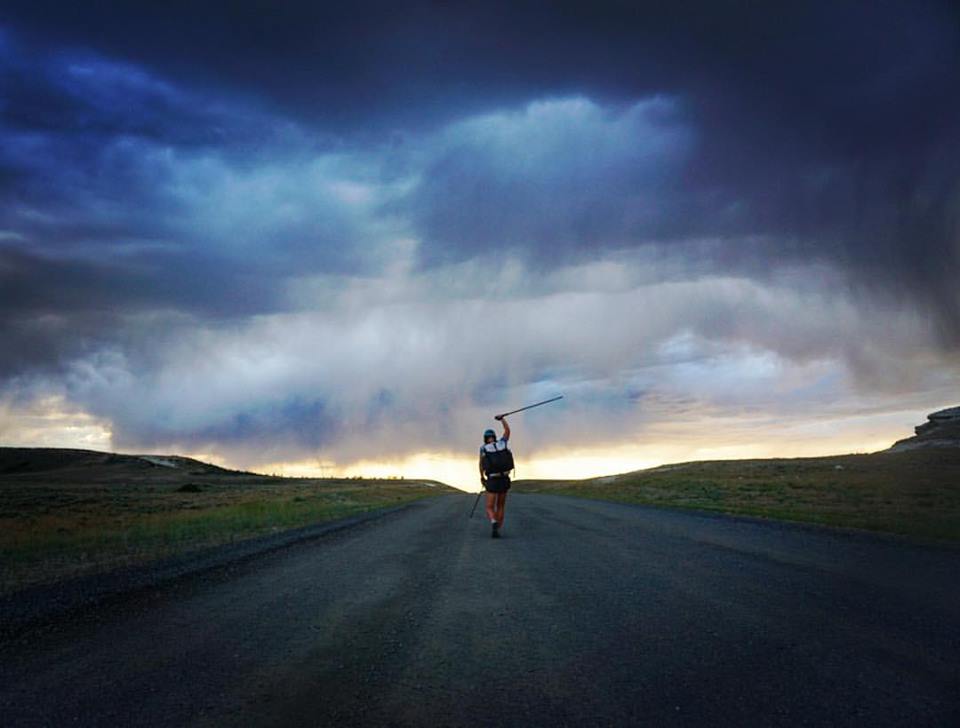 |
| Along the Continental Divide Trail - July 2017 Great Divide Basin, Wyoming Photo by Dan Vardamis (and that's Elaine Vardamis walking ahead) |
 |
| Sunset, July 2016 - Great Divide Basin, Wyoming Photo by Dan Vardamis |
"If you don't like the weather in New England, just wait a few minutes." Mark Twain
 |
| Along the Continental Divide Trail - July 2017 Great Divide Basin, Wyoming Photo by Dan Vardamis (and that's Elaine Vardamis walking ahead) |
 |
| Sunset, July 2016 - Great Divide Basin, Wyoming Photo by Dan Vardamis |
 |
| Saturday Storm Clouds - July 8, 2017 (looking towards Amherst from Hadley) Photo by S. Vardatira |
 |
| Page from Thomas Jefferson's Weather Memorandum Book showing his temperature observations for the first two weeks in July 1776 (Library of Congress) |